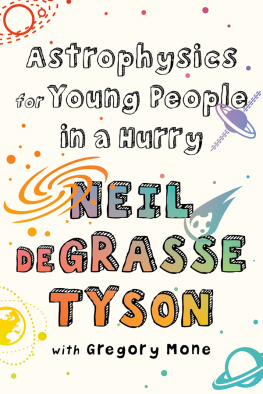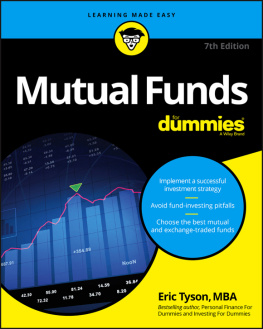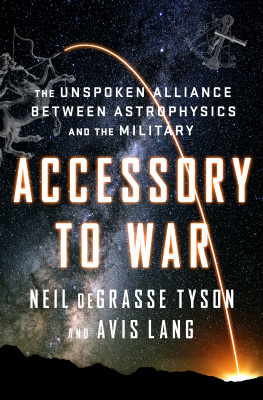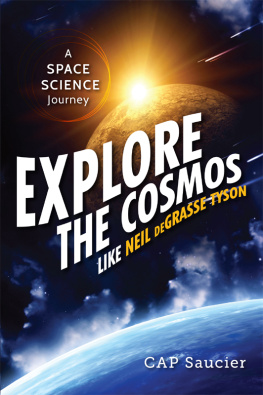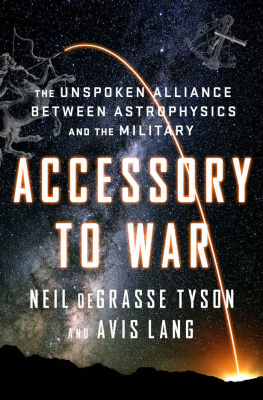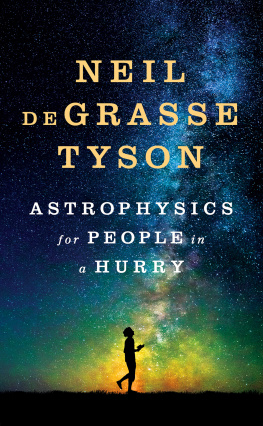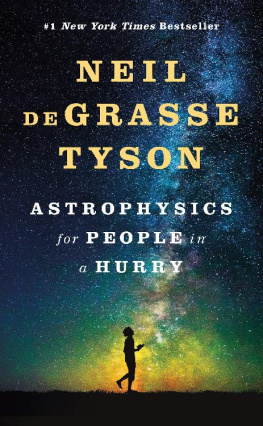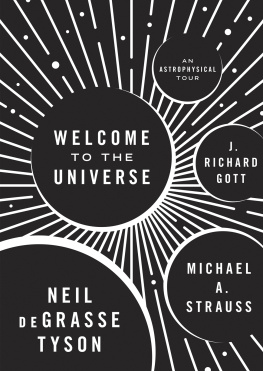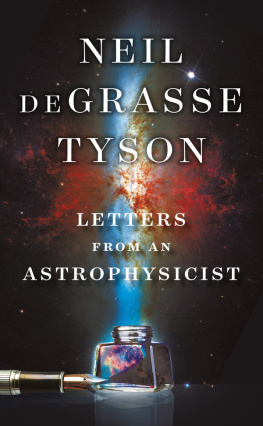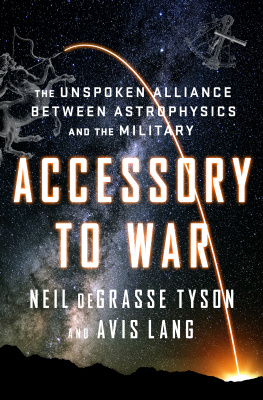
Bright exploding stars like the one here, shining below the disk galaxy, helped astrophysicists determine that the universe is expanding faster than we expected.


CONTENTS



I decided to become an astrophysicist when I was nine years old. I remember the night. The sky was full of stars. The Big and Little Dippers. The planets Jupiter and Saturn. A meteor streaked toward the horizon, and I saw what looked like a cloud moving across the sky. Yet it was not a cloud at all. I was looking out at our very own cosmic neighborhood, the Milky Way galaxy, a region of space crowded with one hundred billion stars. For nearly an hour I watched all this action with wonder.
Then the lights came back on, and I found myself sitting in the American Museum of Natural Historys planetarium.
What Id seen was a star show, but that did not limit the impact. That night, I knew what I wanted to be when I grew up. I was going to be an astrophysicist.
At the time I could barely pronounce the term correctly. But it is actually a rather simple concept. Astrophysics is the study of planets, stars, and other cosmic bodies and how they work and interact with one another.
Astrophysicists study black holes, the strange monsters that swallow up all light and matter within their reach. We watch the skies for signs of supernovas, the brilliant explosions of dying stars.
We are a curious, unusual bunch. A year, to an astrophysicist, is the time it takes for our planet to complete its annual trip around the Sun. If you attend an astrophysicists birthday party, youre more likely to hear everyone sing:
Happy orbit of the Sun to you...
Science is always on our minds. As a joke, an actor friend of mine recently read me the classic bedtime story Goodnight Moon . You dont need a scientist to tell you that cows cant really jump over the Moon, as one does in the book. But an astrophysicist can figure out what shed have to do to complete the feat. If the cow aims for where the Moon will be in three days, then leaps at about 25,000 miles per hour, she might have a chance.
I didnt know much about astrophysicists when I was nine. I merely wanted to understand what Id seen during that planetarium show, and whether the real cosmos, the universe as a whole, was truly that fantastic. First, I began studying the sky from the rooftop of my apartment building, sneaking up with one of my friends and his handy binoculars. Later, I started a dog-walking business so I could buy my own telescope. There were large dogs, small ones, mean ones, and friendly ones. Dogs with raincoats. Dogs with hats and booties. I walked them all so I could see the stars.
In the years since, Ive used steadily larger telescopes, moving from that New York rooftop to South American mountaintops. Through it all, the common thread has been my desire to understand the cosmos, and to share my passion with as many people as possible.
That includes you.
I dont expect that everyone who reads this book will instantly want to become an astrophysicist. But maybe it will spark your curiosity. If you have ever looked up at the night sky and wondered: What does it all mean? How does it all work? And what is my place in the universe? Then I encourage you to continue reading. Astrophysics for Young People in a Hurry will give you a basic knowledge of the major ideas and discoveries that help scientists think about the universe. If Ive succeeded, youll be able to stun your parents at the dinner table, impress your teachers, and stare up at the stars on cloudless nights with a deeper sense of both understanding and wonder.
So lets begin. We could start with two of the grandest mysteries, dark matter and dark energy, but first we should run through what I consider to be the greatest story ever told.
The story of life.

In the last century, astronomers spotted eight exploding stars in this spiral galaxywhich is why its called the Fireworks galaxy.


A clear view of the night sky opens your eyes and mind to the wonders of stars, interstellar dust, and our crowded Milky Way.

I n the beginning, nearly fourteen billion years ago, the entire universe was smaller than the period that ends this sentence.
How much smaller? Imagine that period was a pizza. Now slice the pizza into a trillion pieces. Everything, including the particles that make up your body, the trees or buildings outside your window, your friends socks, petunias, your school, our planets towering mountains and deep oceans, the solar system, the distant galaxiesall of the space and energy and matter in the cosmos was crammed into that point.
And it was hot.
Conditions were so hot, with so much packed into such a small space, the universe could only do one thing.
Expand.
Rapidly.
Today, we call this event the big bang, and in a tiny fraction of a second (specifically, one-ten-million-trillion-trillion-trillionth of a second), the universe grew tremendously.
What do we know about this first instant in the life of our cosmos? Very little, unfortunately. Today, we have found that four basic forces control everything from the orbits of planets to the little particles that make up our bodies. But in that instant after the big bang, all these forces were rolled into one.
As the universe expanded, it cooled.
By the end of this blip of time, which is known among scientists as the Planck era, named for the German physicist Max Planck, one force wriggled free of the others. This force, gravity, holds together the stars and planets that form galaxies, keeps Earth in orbit around the Sun, and prevents ten-year-olds from dunking basketballs. Among other things. For a simple demonstration of gravitys constant pull, close this book, lift it a few inches off the nearest table, and then let go. That is gravity at work.
(If your book did not fall, please find your nearest astrophysicist and declare a cosmic emergency.)
In the first few instants of the early universe, however, there were no planets or books or ten-year-old basketball players for gravity to act upon. Gravity does its best work with large objects, and everything in the early universe was still unimaginably small.

